My latest research into the biology of the Eastern Grey Squirrel has led her to discover they have excellent dichromatic colour vision that is mediated by green and blue cones. What a Squirrel Sees (2018) simulates the colour vision of the Grey Squirrel to examine the subjective reality of our own senses and to better imagine their worldview. My Hair Squirrel Mask (2012-2018), explores what it would be like to be a squirrel in a tactile sense by using my own hair to create a furry outer layer. The series mtSQRL speculates the convergence of human and squirrel DNA. In Squirrel Co-Lab (2018), I learned how frequently squirrels mark their territory. Sharing urban space with non-humans has become a contentious issue for many humans. My belief is we can come to know someone else through experience, which can promote new forms of empathy and cohabitation.
A sample of my latest work was featured at Art Toronto 2018 to simulate the colour vision of the Grey Squirrel. I also had dichromatic spectacles available at Fazakas Gallery’s booth for visitors to engage in an interactive experience.
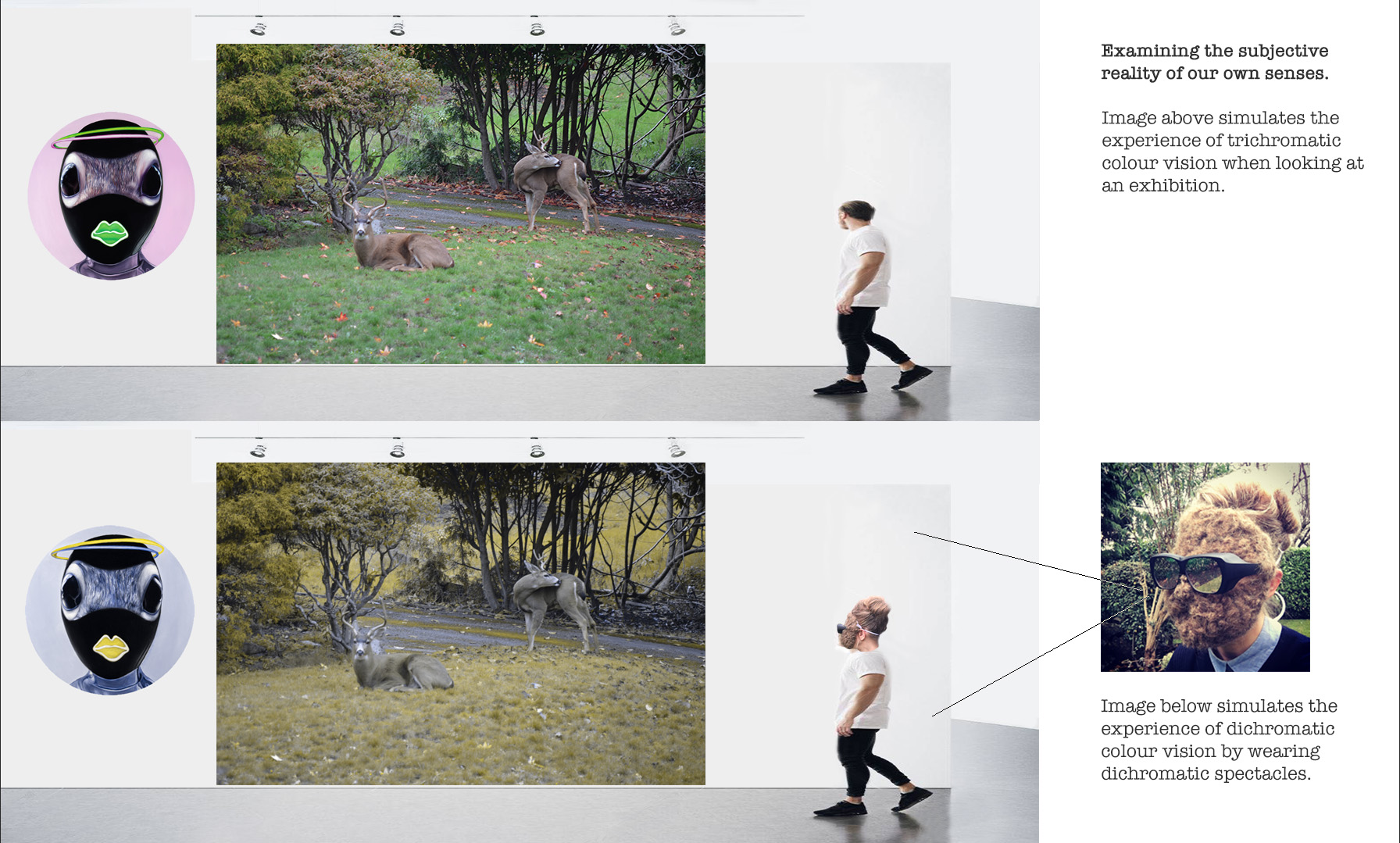
Examining the subjective reality of our own senses. Image above simulates the experience of trichromatic colour vision when looking at an exhibition. Image below simulates the experience of dichromatic colour vision by wearing dichromatic spectacles.
This is a video of some of the non-humans that inhabit my urban garden. The video was then processed with a program that retrieves images from video file stored in a drive and performs a colour transformation. Eastern Grey Squirrels have excellent dichromatic colour vision. This video simulates the colour vision of the Grey Squirrel as a way to examine the subjective reality of our own senses and to better imagine their worldview. Developed in C++
Squirrel Dichromatic Colour Vision
It is estimated a typical human eye can detect hundreds of different colours. But 23 million years ago our primate ancestors were red-green colour blind. So how did we come to have the rich colour vision we have today? Most mammals including squirrels are red-green colour blind.
Grey Squirrels have excellent dichromatic colour vision that is mediated by green and blue cones (Hooser, Stephen & Nelson, Sacha 2006). In dichromatic animals, retinas are composed of either S- and M-cones (protanope) or S- and L-cones (deuteranope). Researchers at the Eye Institute of the University of Washington behaviorally tested animals to demonstrate the ability to discriminate blues and yellows, whereas greens and reds are indistinguishable from gray.
So why can’t squirrels see red? Squirrel eyes, like all eyes, rely on special proteins called opsins (a protein that forms part of the visual pigment rhodopsin and is released by the action of light) to detect colour. They are held in thousands of special cells in the retina at the back of the eye. Squirrels have two types of opsins each tuned to specific wavelengths of light. Signals from these opsins are then interpreted by the brain, which allows squirrels to perceive colour. But to see colour like humans do, squirrels need a third opsin tuned to different wavelengths of light.
It is possible our early ancestors were like squirrels, and they had just two opsins as well. So how did we evolve a third opsin? According to researchers, the answer is in our DNA. Each opsin is encoded by a single gene. And when scientists compared the genes, they found that the gene for the newer opsin sits right next to one of the old ones. And significantly, they are incredibly similar. Both halfs have tell tale clues as to how the extra gene evolved. The old opsin gene was duplicated. And over many generations one of these copies acquired small mutations that allowed it to detect different wavelengths of light. These mutations would have helped us by increasing the ability to pick out ripe fruits and leaves that are the most nutritious, and a better capability to survive.


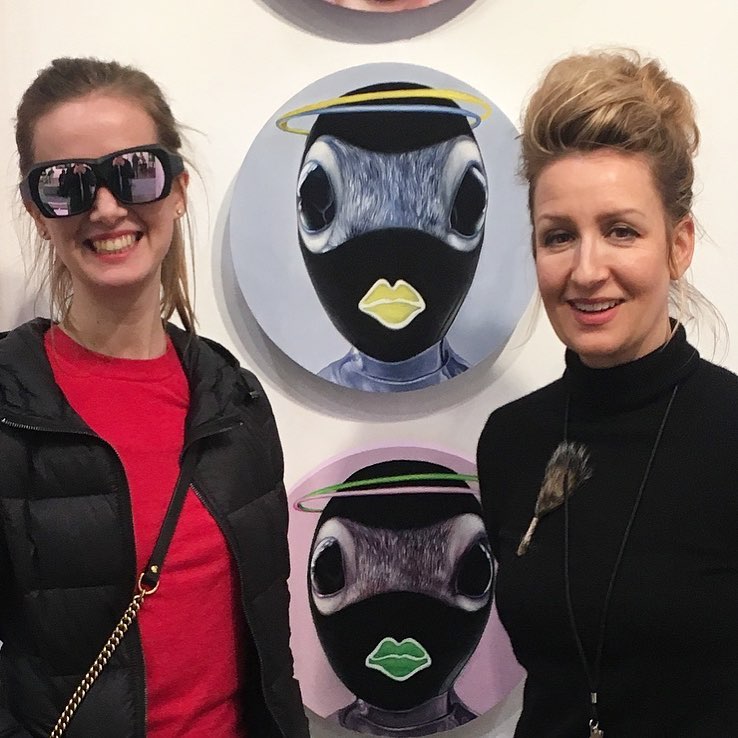
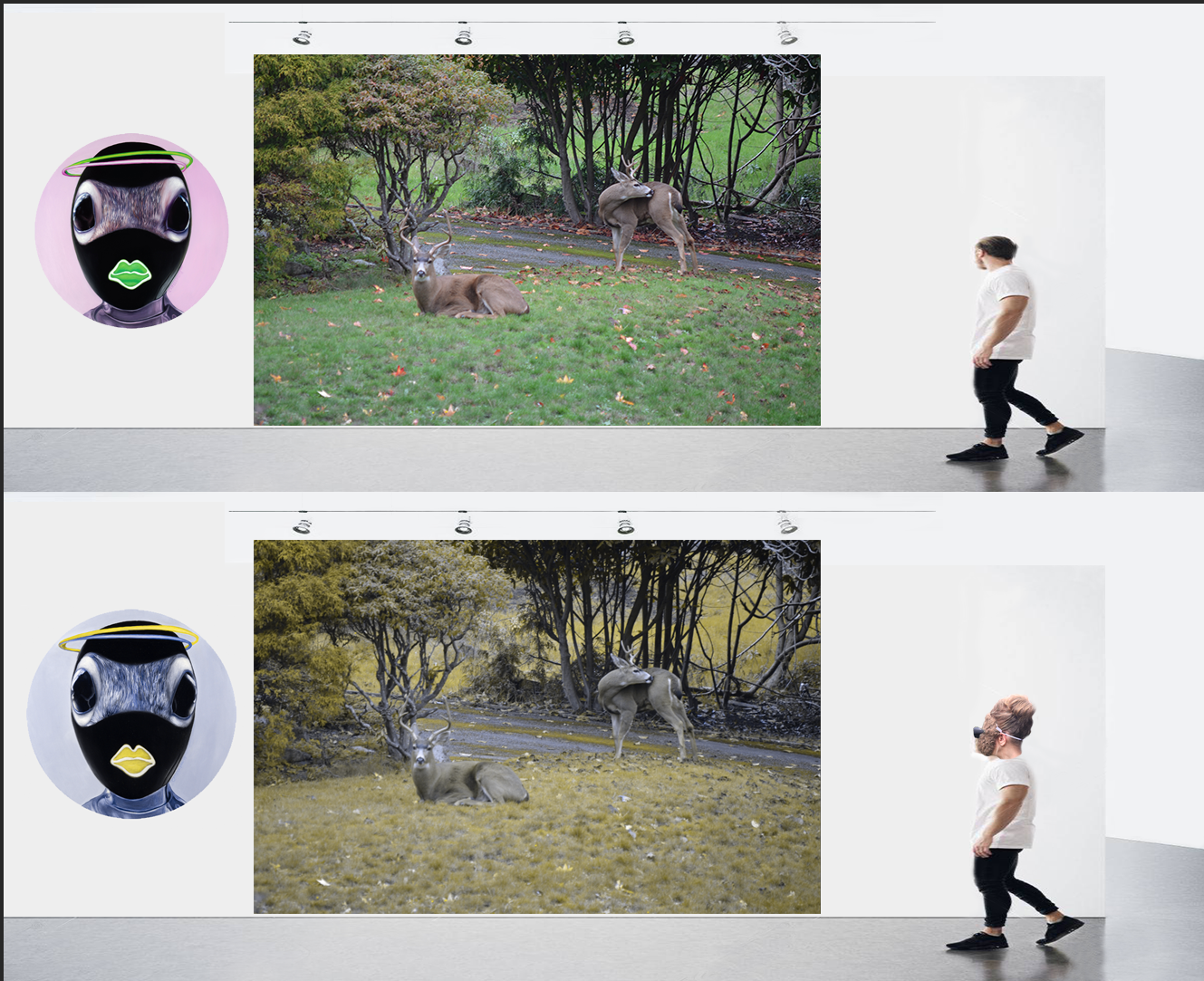
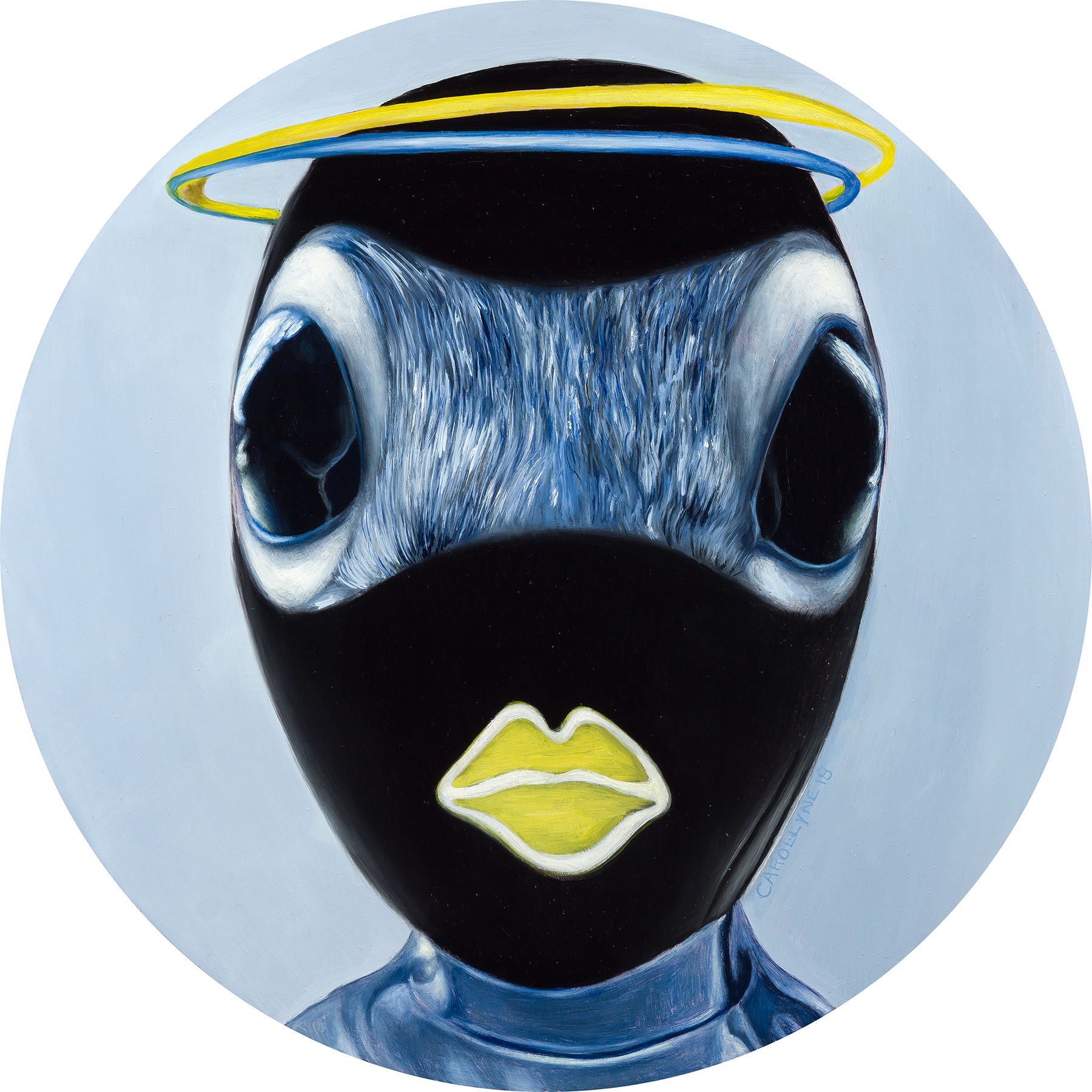
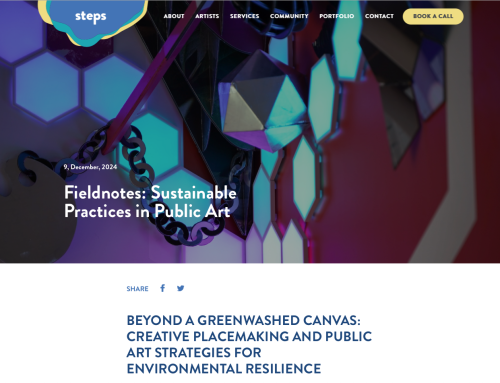

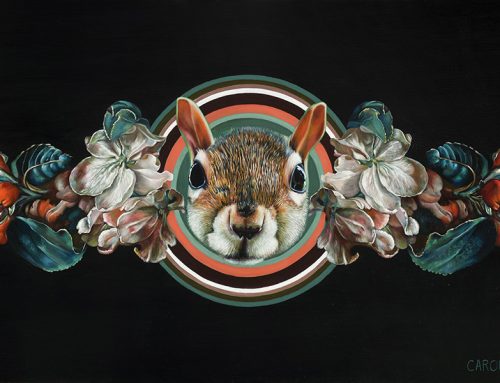

![Squirrealism: Psychometry (IIC) in artistic practice. [Online presentation] International Multispecies Methods Research Symposium, University of Saskatchewan, Saskatoon, Canada.](https://www.carollyne.com/wp-content/uploads/2023/06/Screen-Shot-2023-06-18-at-9.16.32-PM-copy-1-500x383.jpg)